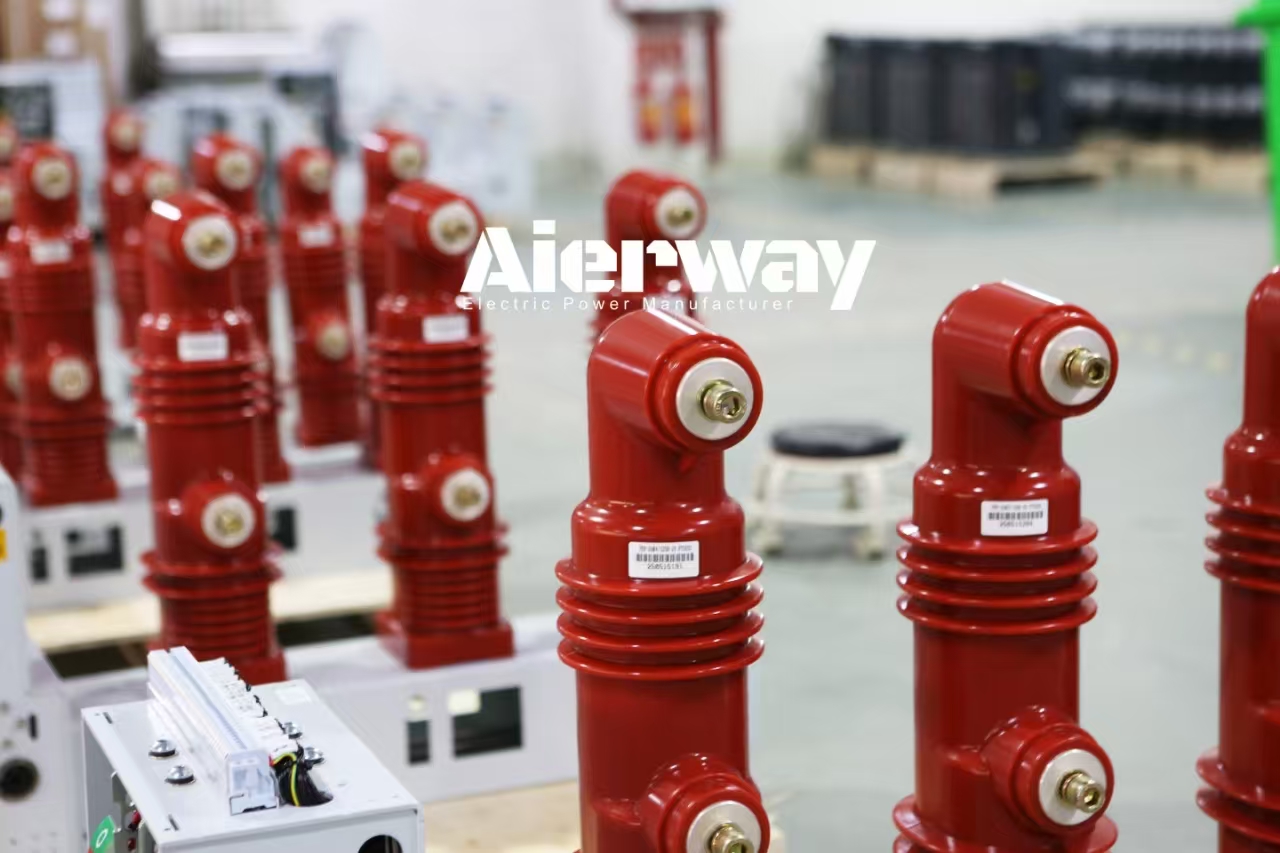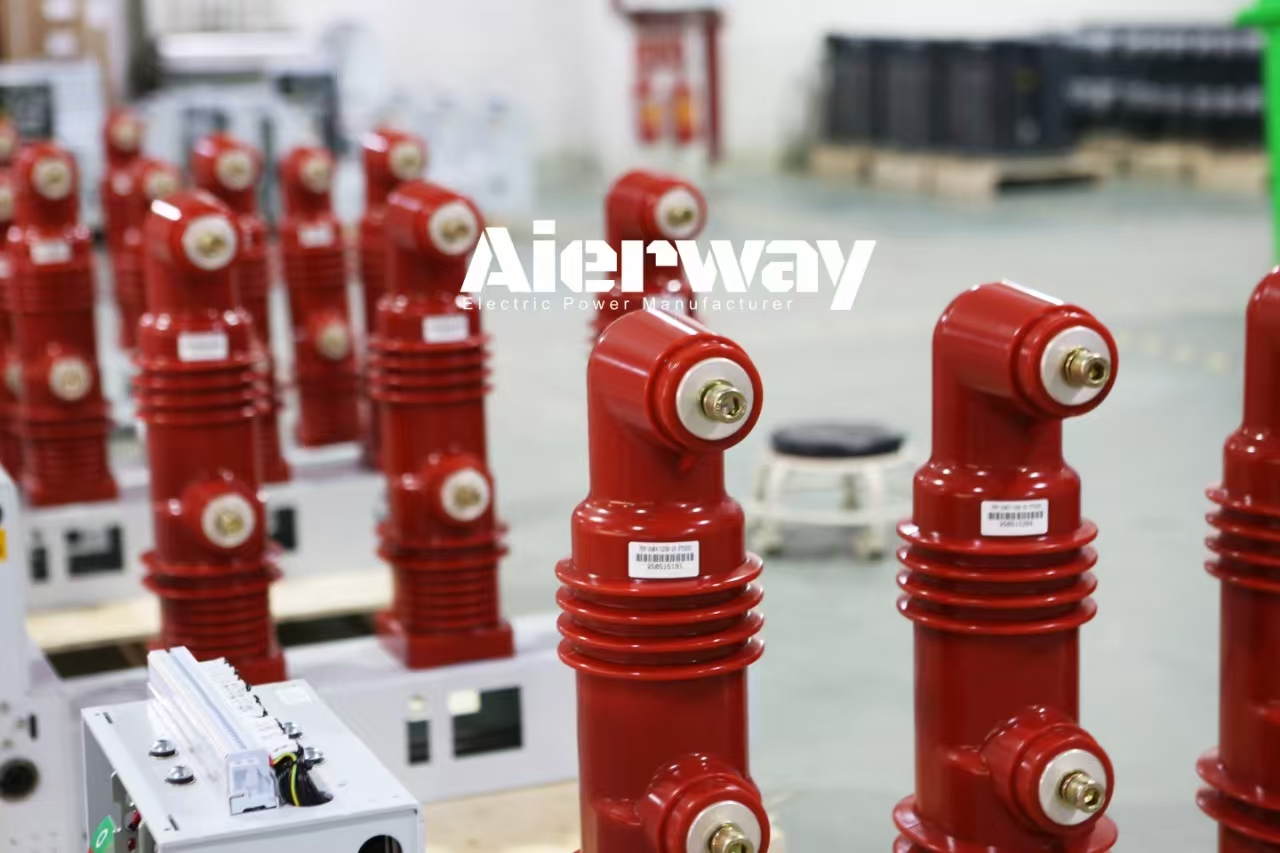

Understanding the IEC Standards for Vacuum Circuit Breakers: Key Tests and Requirements
Vacuum circuit breakers (VCBs) are critical components in modern electrical systems, ensuring safe and reliable interruption of current in medium and high-voltage applications. To guarantee their performance and safety, VCBs must comply with international standards, particularly those set by the **International Electrotechnical Commission (IEC)**. The primary standard governing vacuum circuit breakers is **IEC 62271-100**, which outlines rigorous testing procedures to validate their reliability.
## **Essential Tests for Vacuum Circuit Breakers Under IEC Standards**
1. Dielectric Tests
These tests ensure the breaker can withstand high-voltage stresses without failure:
– **Power Frequency Withstand Test** – Verifies insulation strength at rated voltage.
– **Lightning Impulse Withstand Test** – Simulates surge conditions to check insulation integrity.
– **Partial Discharge Test** – Detects potential insulation degradation.
2. Short-Circuit Breaking and Making Tests
VCBs must interrupt fault currents safely:
– **Rated Short-Circuit Breaking Test** – Confirms the breaker can interrupt maximum fault current.
– **Transient Recovery Voltage (TRV) Test** – Ensures the breaker can handle voltage spikes after interruption.
– **DC Component Test** – Validates performance under asymmetrical fault conditions.
3. Mechanical and Operational Tests
Since VCBs rely on mechanical movement, these tests assess durability:
– **Mechanical Endurance Test** – Simulates thousands of operations to verify long-term reliability.
– **Contact Resistance Test** – Ensures low resistance for efficient current flow.
– **Opening and Closing Time Tests** – Measures response speed for proper coordination.
4. Temperature Rise Tests
Evaluates thermal performance under continuous load:
– **Rated Current Temperature Test** – Checks if the breaker stays within safe temperature limits.
5. Environmental and Seismic Tests
VCBs must operate in harsh conditions:
– **Humidity and Corrosion Tests** – Ensures resistance to moisture and chemicals.
– **Seismic Withstand Test** – Confirms stability during earthquakes (if required).
Why Compliance with IEC Standards Matters
Adhering to **IEC 62271-100** ensures that vacuum circuit breakers meet global safety, performance, and reliability benchmarks. Manufacturers and users can trust IEC-certified VCBs for:
✔ **Enhanced safety** – Reduced risk of electrical failures.
✔ **Long service life** – Proven durability under extreme conditions.
✔ **Global acceptance** – Compliance with international grid requirements.
When selecting a vacuum circuit breaker, always verify its **IEC certification** to ensure optimal protection for your electrical systems.
—
Stay powered with confidence—choose IEC-compliant vacuum circuit breakers!


